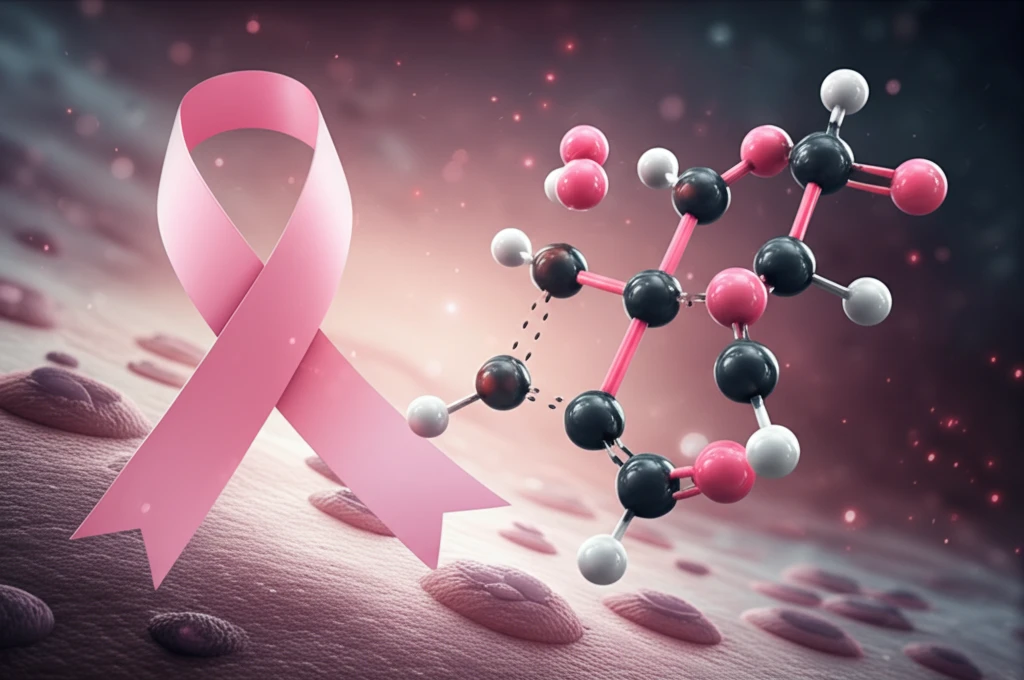
The Breast Cancer Breakthrough: Can Oxytocin Be the Unlikely Hero?
"Unlocking the Potential of Oxytocin and Its Receptor in Fighting Breast Cancer Pathogenesis"
Breast cancer remains a significant health challenge for women worldwide. While advancements in treatment have improved survival rates, prevention and novel therapeutic strategies are still critical areas of research. Now, scientists are exploring the unexpected role of oxytocin, often dubbed the "love hormone", and its receptor (OXTR) in breast cancer development.
Oxytocin is known for its involvement in social bonding, stress reduction, and even lactation. However, emerging evidence suggests that it may also play a role in inhibiting cancer progression. Previous studies have shown that oxytocin can have varying effects on breast cancer cells, sometimes promoting proliferation and other times inhibiting it. This discrepancy prompted researchers to investigate oxytocin's behavior in breast cancer patients and its impact on OXTR expression.
A new study published in Personalized Medicine delves into the relationship between oxytocin levels, OXTR expression, and breast cancer. The researchers aimed to determine if modifications in oxytocin concentration and OXTR expression could be harnessed to combat the disease. This article breaks down the study's findings and explores the potential implications of oxytocin in breast cancer prevention and treatment.
How Could Oxytocin Play a Role in Breast Cancer Prevention?

The study involved analyzing plasma concentrations of oxytocin in breast cancer patients and healthy individuals. Additionally, they assessed OXTR variations in both cancerous and noncancerous breast tissues. The findings revealed some intriguing patterns.
- Elevated Oxytocin Levels: Breast cancer patients had significantly higher levels of oxytocin in their blood compared to healthy individuals.
- Reduced OXTR Expression: Cancerous tissues exhibited lower expression of OXTR compared to noncancerous breast tissues, particularly in the contralateral (opposite) breast.
- Contradictory Effect: Despite high levels of oxytocin concentration in breast cancer patients, it was observed lower expression of OXTR in cancerous tissues which can be effective in the breast cancer progression.
The Future of Oxytocin Research in Breast Cancer
This research highlights the need for further investigation into the precise mechanisms by which oxytocin and OXTR influence breast cancer development. Future studies could explore the potential of medications that increase OXTR expression in cancer cells, potentially restoring the protective effects of oxytocin. Additionally, research should focus on identifying individuals who might benefit most from oxytocin-based therapies, paving the way for personalized approaches to breast cancer prevention and treatment. While more research is needed, the findings suggest that the "love hormone" may offer a new avenue for fighting breast cancer.
